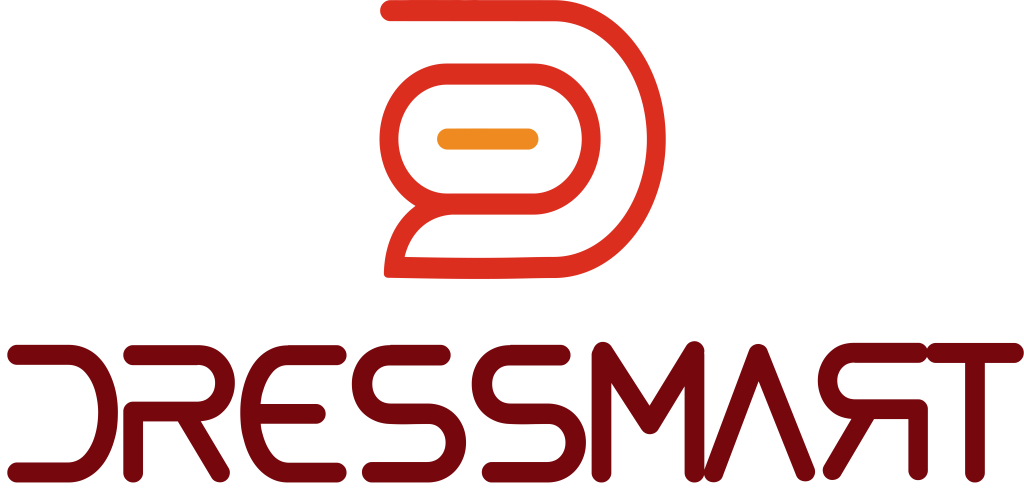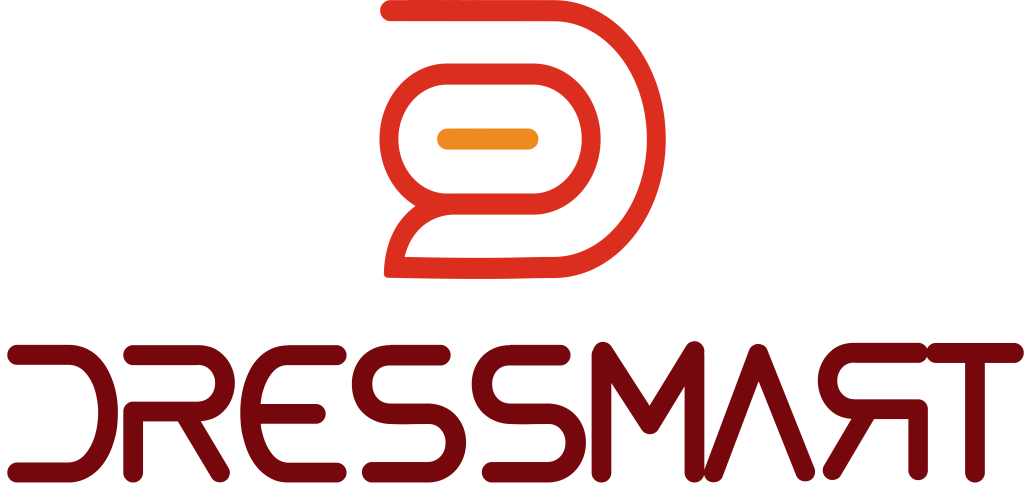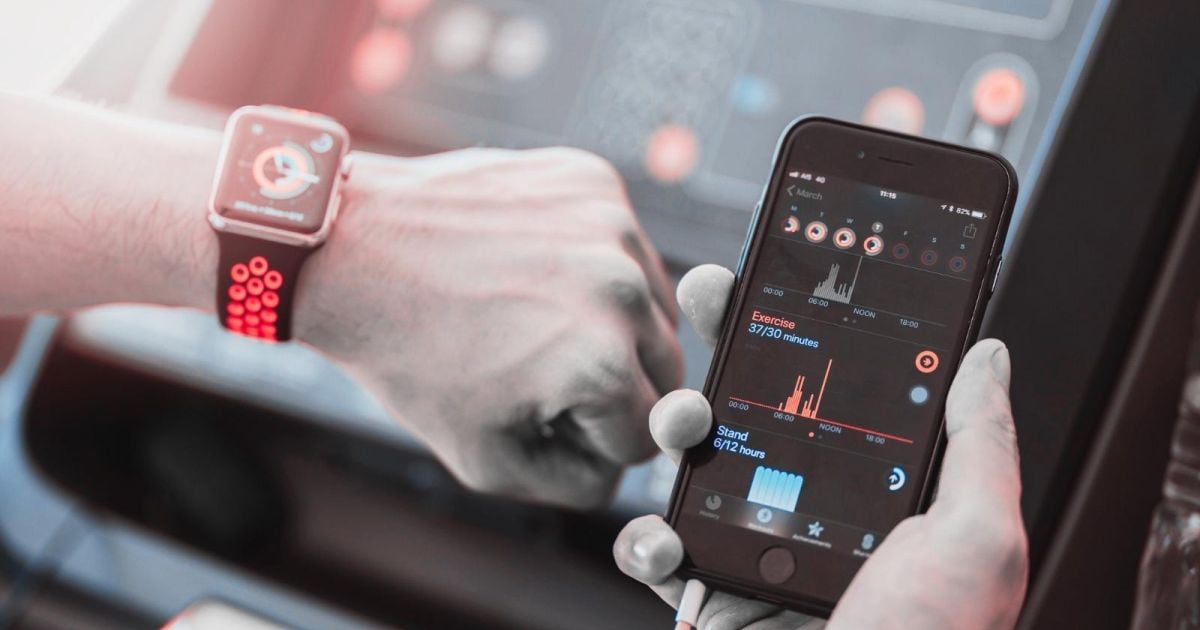Muscle activity sensors have revolutionized the way we monitor physical performance, rehabilitation, and fitness optimization. These advanced wearable devices use bioelectric signals to measure muscle engagement, providing valuable insights into body movement, muscle fatigue, and overall physical efficiency. Whether used in sports, rehabilitation, or medical research, these sensors play a crucial role in improving human performance and preventing injuries. With the integration of artificial intelligence and real-time data analysis, muscle activity sensors are becoming a key component in the evolution of wearable fitness technology.
How Do Muscle Sensors Work?
Muscle sensors, also known as electromyography (EMG) sensors, detect electrical signals produced by muscle contractions. When a person moves or exercises, their muscles generate small electrical currents. These signals are captured by electrodes placed on the skin, which then send the data to a processing unit for analysis. The collected information helps assess muscle activation levels, coordination, and fatigue, allowing users to optimize their workouts and rehabilitation programs.
Key Components of Muscle Sensors:
- Electrodes – Placed on the skin to detect muscle activity.
- Amplifier – Strengthens the weak electrical signals for accurate data collection.
- Processor – Converts signals into meaningful data for analysis.
- Wireless Connectivity – Sends data to mobile apps or software for real-time monitoring.
- Feedback Mechanism – Provides insights and recommendations based on muscle engagement patterns.
These sensors are particularly useful for athletes looking to enhance performance, physiotherapists monitoring muscle recovery, and researchers studying movement biomechanics. By analyzing muscle behavior, individuals can prevent injuries, improve training efficiency, and enhance rehabilitation outcomes.
Wearable Sensors for Human Activity Monitoring
Wearable sensors have significantly impacted human activity monitoring, providing users with real-time feedback on their movements, muscle efficiency, and overall fitness performance. These innovative devices integrate advanced technology with comfortable designs, allowing users to track their physical activity seamlessly.
Types of Wearable Muscle Sensors:
- Smart Sportswear – Embedded with muscle activity sensors, these garments measure movement patterns and provide performance insights.
- EMG Armbands and Wristbands – Detect muscle activity in specific areas and track muscle engagement during exercises.
- Body Motion Sensors – Work in combination with muscle sensors to monitor posture, gait, and overall movement efficiency.
- Smart Shoes – Track lower-body muscle activity, foot pressure, and gait patterns for improved running and walking techniques.
Benefits of Wearable Muscle Sensors:
- Real-Time Muscle Monitoring – Provides instant feedback on muscle activation levels.
- Injury Prevention – Identifies imbalances and improper movements that could lead to injuries.
- Personalized Training Programs – Helps users optimize their workouts based on muscle performance data.
- Rehabilitation Support – Assists in tracking recovery progress for individuals undergoing physical therapy.
- Enhanced Sports Performance – Allows athletes to refine techniques and maximize efficiency.
Wearable muscle sensors are now widely used in professional sports, physical therapy, and even workplace ergonomics. By providing continuous monitoring, they help individuals understand their body mechanics and make informed decisions to improve their health and performance.
What Are Sensor and Activity Monitoring Systems?
Sensor and activity monitoring systems refer to integrated technologies that track and analyze human movement, muscle function, and physiological data. These systems use multiple sensors, including muscle activity sensors, motion detectors, and biometric trackers, to provide a comprehensive analysis of physical performance.
Key Components of an Activity Monitoring System:
- Muscle Activity Sensors (EMG Sensors) – Measure electrical signals from muscles.
- Motion Sensors (Accelerometers and Gyroscopes) – Track movement, speed, and posture.
- Heart Rate Monitors – Analyze cardiovascular responses to physical activity.
- AI-Powered Analytics – Provide real-time feedback and predictive insights.
- Mobile Applications – Display data in an easy-to-understand format, helping users interpret their performance metrics.
Applications of Sensor-Based Activity Monitoring:
- Sports and Fitness Training – Helps athletes track muscle performance and improve efficiency.
- Medical Rehabilitation – Assists doctors and therapists in monitoring recovery progress.
- Workplace Ergonomics – Ensures employees maintain proper posture to prevent strain injuries.
- Elderly Care and Mobility Monitoring – Tracks movement patterns to detect potential health issues.
Sensor-based monitoring systems offer a data-driven approach to understanding the body’s physical condition. Whether used for athletic training, medical rehabilitation, or daily activity tracking, these systems empower users with the knowledge needed to enhance their performance and well-being.
Smart Sportswear: The Future of Muscle Activity Monitoring
As technology advances, smart sportswear is becoming the future of muscle activity monitoring. Unlike traditional wearable devices, smart sportswear seamlessly integrates muscle sensors into fabric, allowing users to track their muscle performance without bulky attachments. This innovation provides athletes, fitness enthusiasts, and patients with a more natural and comfortable way to monitor their physical activity.
Our cutting-edge smart sportswear uses real-time data collection, AI-powered analysis, and ergonomic design to enhance muscle monitoring. By wearing these garments, users can receive instant feedback on their training techniques, identify potential muscle imbalances, and personalize their workout routines. Whether you are a professional athlete aiming for peak performance or someone recovering from an injury, smart sportswear offers an unparalleled way to track muscle engagement and optimize movement patterns.
Conclusion
Muscle activity sensors are transforming the way we understand and improve human movement. From wearable EMG sensors to smart sportswear, these technologies provide valuable insights into muscle engagement, allowing individuals to optimize their workouts, prevent injuries, and support rehabilitation efforts. As wearable technology continues to evolve, the integration of muscle activity sensors into clothing and fitness gear will redefine how we monitor and enhance our physical performance.
By leveraging these advanced monitoring systems, individuals can take control of their fitness, improve their athletic abilities, and ensure long-term health benefits. The future of muscle activity tracking lies in smart, data-driven solutions that offer real-time feedback, personalized training, and improved rehabilitation support. Investing in wearable muscle sensors is not just about tracking movement; it is about unlocking the full potential of the human body.




